Let's find out whether there is starch in cabbage and what are the benefits and harms of starchy vegetables
Cabbage occupies an important place in the culinary traditions of many peoples. It is used to prepare cabbage soup, borscht, salads, pies and much more. And sauerkraut has been given a special place among all this diversity since ancient times. After all, in this form the vegetable is much healthier than in fresh form. For example, in China, cabbage fermented with rice wine was fed to the builders of the Great Wall of China. And this happened back in the 3rd century BC. e.
A variety of cabbage varieties meet every taste preference. It contains a large amount of useful substances and has a beneficial effect on the body. We'll tell you whether there is starch in cabbage and how to check it.
Is it possible to eat starchy vegetables?
Starch is a complex carbohydrate that, when entering the human body, is broken down by enzymes, releasing glucose.. This is one of the main sources of energy necessary for the functioning of the human body. The substance quickly restores strength, saturates well, and in some cases can replace protein.
Reference. Starch satisfies 80% of the human body's daily need for carbohydrates and replenishes expended energy.
Starch is found in many vegetables, which should be consumed in moderation. According to this principle, all vegetables are divided into two groups: starchy and non-starchy.
The former contain a large amount of starch. This group includes potato, beet, carrot, corn, zucchini, pumpkin, peas, beans, rutabaga.
Non-starchy vegetables contain minimal amounts of starch and are low in calories. These include all leafy and green crops: cabbage, greens, peppers, asparagus, spinach, cucumbers, sorrel, salads, etc.
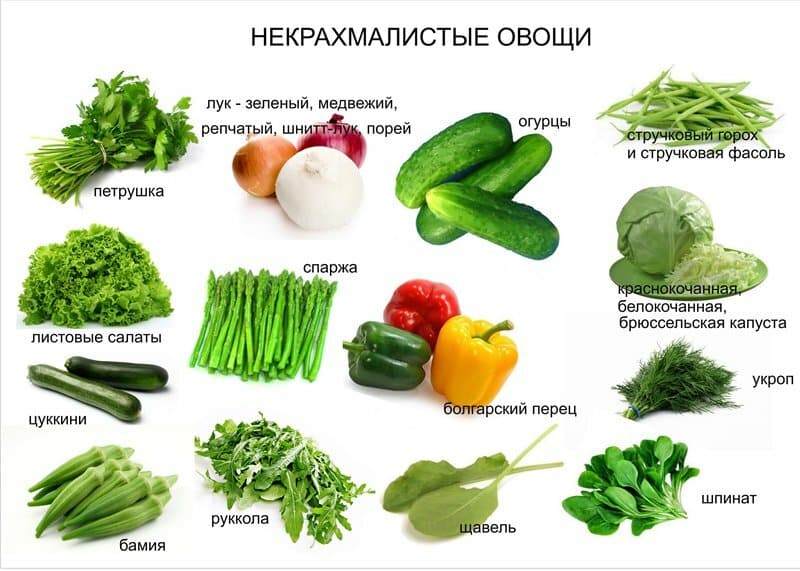
Benefits and harms
Natural starch contained in natural products has a beneficial effect on the human body:
- Normalizes metabolism.
- Serves as the main source of energy.
- Reduces cholesterol levels.
- Helps strengthen the immune system.
- It has anti-inflammatory, enveloping and analgesic effects, which helps in the treatment and prevention of gastric ulcers.
- Maintains acid-base balance.
- Removes excess fluid, eliminates swelling.
- Restores intestinal microflora.
- Normalizes the functioning of the digestive tract.
If consumed incorrectly or excessively, such products can provoke the appearance of excess weight, cause fermentation processes in the stomach and intestines, manifested by nausea, flatulence, colic, and stool disorders.
For whom are they contraindicated?
Vegetables with a high concentration of starch in their composition are not recommended for the following diseases and conditions:
- diabetes;
- overweight and obesity;
- cardiovascular pathologies;
- irregular bowel movements;
- allergic reactions or individual intolerance to the substance.
People who lead a sedentary lifestyle also need to reduce their consumption, since starchy vegetables contribute to the accumulation of extra pounds.
This is interesting:
How does buckwheat affect stool: does it strengthen or weaken?
Is there starch in cabbage and in what quantity?
Cabbage is a universal vegetable, since its taste depends on the method of processing, preparation, and added seasonings. It is low in calories and contains a large amount of fiber. For these properties it is valued in many cuisines around the world.
All varieties of cabbage have a very low starch content.
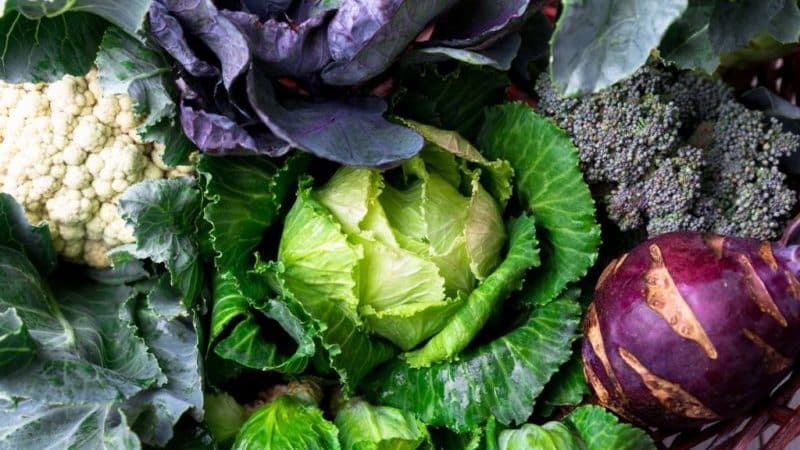
In white cabbage
White cabbage contains starch in small quantities. There are 0.03-0.10 g of substance per 100 g of product.
Cabbage contains a large amount of vitamins and minerals:
- vitamin K (in 100 g – 63% of a person’s daily requirement);
- C (55%);
- B9 (24%);
- boron (286%);
- silicon (177%);
- potassium (12%);
- manganese (11%);
- chromium (10%);
- molybdenum (14%);
- cobalt (30%).
The vegetable contains a high content of steroid compounds (campesterol and brassicasterol), which can reduce cholesterol levels in the human body by 10-20%.
The calorie content of 100 g of product is 25-28 kcal.
This is interesting:
In red cabbage
Red cabbage contains 0.7 g of starch per 100 g.
The vegetable is rich in various beneficial substances, especially:
- vitamin K (100 g contains 124% of the daily value);
- C (67%);
- B6 (12%);
- silicon (93%);
- manganese (13%);
- potassium (12%).
The calorie content of 100 g of product is 26 kcal.
In color
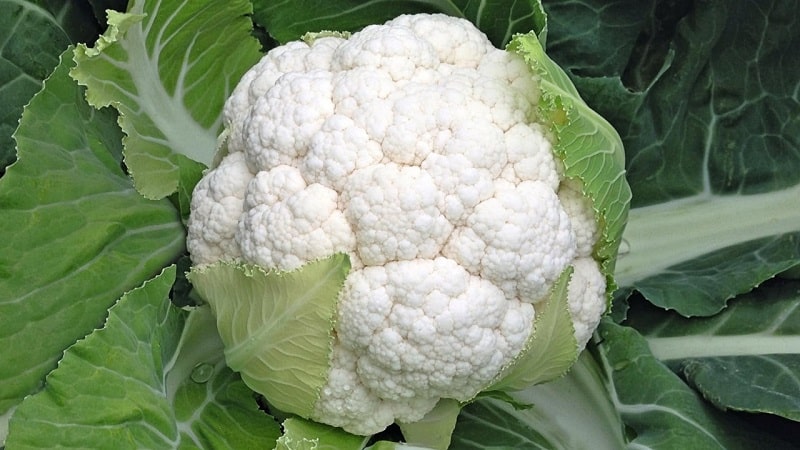
100 g of cauliflower contains 0.01 g of starch. The chemical composition is characterized by a high content of such useful elements:
- vitamin C (in 100 g - 100% of the daily value needed by a person);
- B9 (41%);
- K (13%);
- boron (714%);
- silicon (73%);
- molybdenum (12%).
Cauliflower contains sufficient amounts of omega-3 unsaturated fatty acids.In 100 g - 18.7% of the daily requirement of the human body.
The calorie content of 100 g of product is 30 kcal.
In Beijing
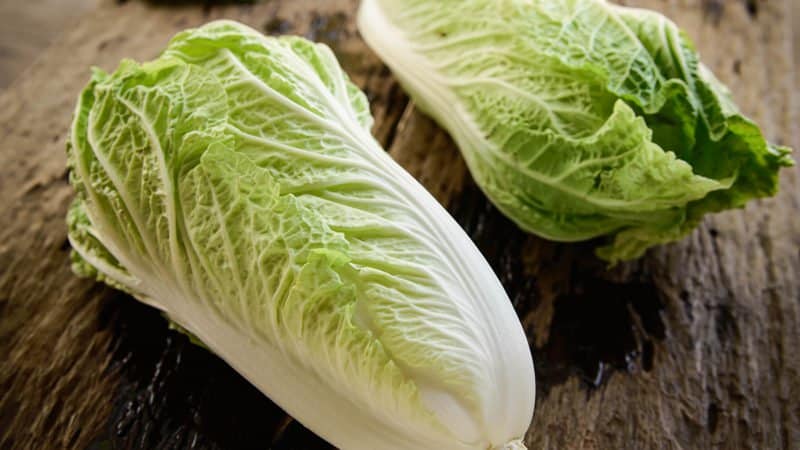
There is no starch in Chinese cabbage.
The chemical composition is represented by a high content of elements:
- vitamin A (in 100 g - 24.8% of the daily requirement);
- beta-carotene (53.6%);
- vitamin K (37.9%);
- C (50.0%);
- B6 (14.9%);
- B9 (16.5%);
- calcium (10.5%).
The calorie content of the food product is 16 kcal per 100g.
In Brussels
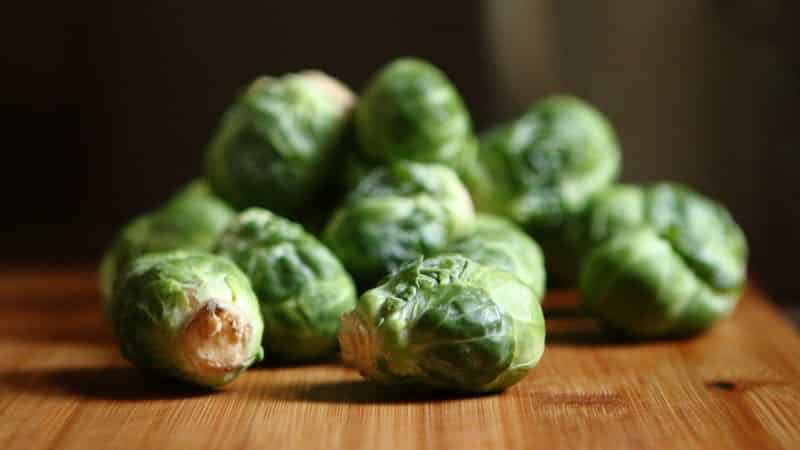
The starch content in 100 g of product is 0.49 g.
Brussels sprouts are rich in the following substances:
- vitamin K (in 100 g - 208% of the daily value needed by a person);
- C (111%);
- B6 (14%);
- B9 (32.5%);
- silicon (93%);
- manganese (13.5%).
- potassium (18%).
The product stands out from other cabbage varieties due to its high content of omega-3 unsaturated fatty acids (24.7%).
The calorie content of 100 g is 35 kcal.
In broccoli

Broccoli has no starch.
The composition is represented by a high content of elements:
- vitamin C (in 100 g – 99% of the daily requirement of the human body);
- B9 (16%);
- K (85%);
- silicon (260%);
- potassium (13%);
- sulfur (14%);
- boron (264%)
- iodine (10%);
- manganese (11%).
Broccoli is high in lutein and zeaxanthin (23.4%) - substances essential for eye health.
Calorie content per 100 g – 34 kcal.
How to test cabbage for starch content
It is possible to check whether there is starch in cabbage or not at home. For the experiment you will need iodine.
Reference. When starch reacts with iodine, a blue color reaction occurs.
It is necessary to sprinkle a few drops of iodine on a cabbage leaf or on a cut stalk and observe the reaction. The darker and bluer the spot on the object being tested, the more starch it contains.
The coloring reaction does not occur on cabbage.The resulting stain is brown or light brown. This suggests that there is practically no starch in cabbage or a very tiny amount that is not capable of providing a reaction.
How to eat starchy vegetables and with what

It is not recommended to combine starchy vegetables with sweet, sour, meat products, eggs, and fish. They should not be mixed with mayonnaise or eaten as a side dish. In particular, the addition of legumes and melons to cereals and flour products should be avoided.
Reference. It is permissible to eat only one type of starchy vegetable per meal. Otherwise, food digestion will slow down.
Products rich in starch are best consumed raw, boiled, or baked. They can be combined with non-starchy foods and herbs, seasoned with sour cream, vegetable oil, and cream.
For better absorption, foods rich in B vitamins (walnuts, peanuts, almonds, tomatoes, cheese) are added to the menu.
Standards of use

The norms for consuming starchy vegetables vary from person to person. They depend on age, gender, physical activity, presence of diseases or excess weight.
The average recommended amount of starchy vegetables for an adult is:
- men – 480-600 g;
- women – 360-480 g.
This amount is recommended to be distributed into 2-3 doses on different days during the week.
Reference. The amount of starchy vegetables may be increased if other sources of complex carbohydrates are not tolerated.
Among starchy vegetables, potatoes have a special place. It is better to eat it in limited quantities, no more than 3 times a week.According to Russian recommendations for rational food consumption standards, the optimal amount of potatoes per day is 240 g.
Conclusion
Human health largely depends on a balanced and nutritious diet. According to healthy eating standards, the diet must include plant foods. However, some vegetables contain large amounts of starch. You should not ignore such products, because starch in moderation is beneficial for the body. This is an important source of energy and replenishment.
Cabbage contains a small amount of starch, many vitamins and microelements, especially potassium, boron, vitamin C, K, group B. All varieties of the vegetable are healthy, low in calories, satiating well and combined with other vegetables.